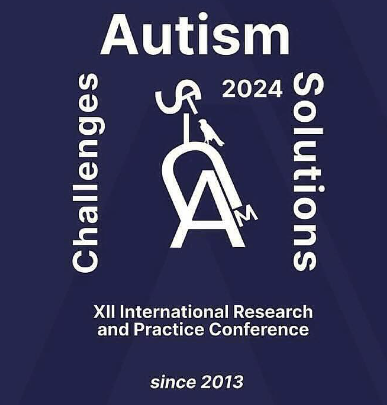Corneal confocal microscopy demonstrates corneal nerve loss in children with autism spectrum disorder.
Published 2024-06-06
Keywords
- Developmental Disorder,
- Communication Difficulty ,
- Interaction Difficulty,
- Cerebral Neuronal Loss
How to Cite
Abstract
Autism spectrum disorder (ASD) is a developmental disorder characterized by difficulty in communication and interaction with others. Postmortem studies have shown cerebral neuronal loss and neuroimaging studies show neuronal loss in the amygdala, cerebellum and inter-hemispheric regions of the brain. Recent studies have shown altered tactile discrimination, and allodynia on the face, mouth, hands and feet and intraepidermal nerve fiber loss in the legs of subjects with ASD. Fifteen children with ASD (age: 12.00 ± 3.55 years) and twenty age-matched healthy controls (age: 12.83 ± 1.91 years) underwent corneal confocal microscopy (CCM), a rapid non-invasive ophthalmic imaging technique to quantify corneal nerve fiber morphology. Corneal nerve fibre density (fibers/mm2) (28.61 ± 5.74 vs. 40.42 ± 8.95, p = 0.000), corneal nerve fibre length (mm/mm2) (16.61 ± 3.26 vs. 21.44 ± 4.44, p = 0.001), corneal nerve branch density (branches/mm2) (43.68 ± 22.71 vs. 62.39 ± 21.58, p = 0.018) and corneal nerve fibre tortuosity (0.037 ± 0.023 vs. 0.074 ± 0.017, p = 0.000) were significantly lower in children with ASD compared to controls. CCM identifies central corneal nerve fiber loss in children with ASD. These findings, urge the need for further studies to determine if CCM could act as an imaging biomarker for neurodegeneration in ASD.

